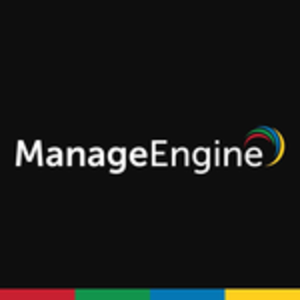It is basically an endpoint management solution. It is used for endpoint configuration and life cycle management of an endpoint. It helps you to manage the entire cycle of a machine, which includes patch management, security updates, configuration settings, and user configuration settings. It helps you with application delivery, application patching, and application removal. It provides you with all of that. It also gives you the keys to log onto the machine remotely and run commands via PowerShell script or a remote command capability.
It is a pretty in-depth product. It supports macOS and Linux. They also offer MDM now. So, you can do mobile device management, and they've got new plugins for security modeling for identifying caesar-based vulnerabilities and patch remediation. They give you configuration management tools to allow you to see if your web services are configured properly or even configured at all. It does network scanning and network vulnerability assessments, port audits, software audits, software metering, and software licensing. It is pretty in-depth.
In terms of its version, there is an ongoing update with the product. I started with version 7 or 8, and it is probably at version 11 now. They are on-prem and cloud versions of it.
It is pretty intuitive when it comes to where and how you need to do things. A lot of already preconfigured templates and settings are available to you. It is beneficial where you don't have to go through or do post configuration. A lot of applications have a tendency of being very end-user-heavy. For example, with System Center Config Manager, which is a Microsoft product, if you're not an engineer and you don't understand that product, you're probably not going anywhere with it, whereas with ManageEngine, you can bring some junior-level tech support. Because it does have scalability, you can assign roles to users whether they are junior help desk support engineers or senior engineers. You can also have reporting and inventory metrics that are only available to management. It provides a role-based granularity to all these key capabilities, and it makes it very easy for even non-technical people to run a program. It is based on web technologies, and a browser is all you need to really use to get to it. Obviously, you'd want to secure that web access down, but you do have role capabilities.







